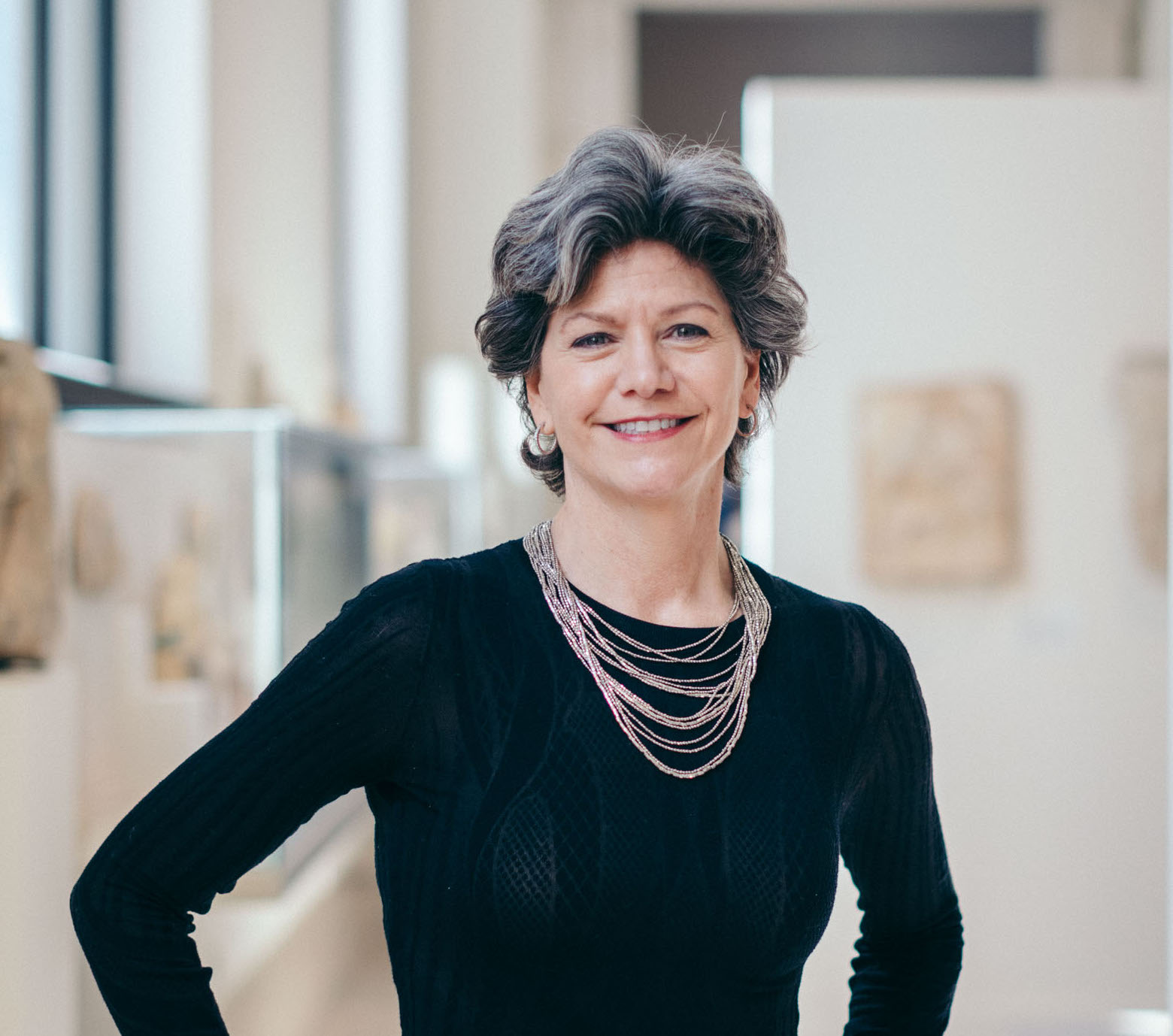Originally published by GW Alumni News on July 11, 2019.
By Christine Cole
As an art fraud expert, Colette Loll’s (CORC MA ’09) work sits at the intersection of art and technology. Whether she’s helping private collectors, museums, companies, or law enforcement, she’s actively working to protect cultural and historical records.
But Loll didn’t start her career as an art fraud expert — or even in the art world. In fact, before she started Art Fraud Insights, she had already launched and sold two other businesses.
Loll was 24 years old when she started her first business, an industrial marketing research firm that took her across Europe, where she helped clients with pricing, strategy, and competitive intelligence.
“I loved looking at competitors,” she says, adding that this was her first foray into the counterfeit market. At the time, one of her clients was a major construction equipment manufacturer, and she was tasked with determining how much counterfeit parts affected the company’s bottom line. “I still use those investigative skills today.”
After more than 15 years of running her own marketing and software companies, she shifted her focus to the art world and attended the decorative arts & design history program at Corcoran College, which now resides at GW in partnership with the Smithsonian.
“I’m very tactile, and I love art objects you can touch and hold,” she says, noting a particular interest in porcelain and silver. While studying material history and functional design, she became “fascinated with the very complex ways people could fake things,” such as an assay mark on a piece of Revere silver that could quadruple the price. “This spurred my interest in the counterfeit world.”
After finishing her master’s degree, she moved to Italy for additional postgraduate work, where her studies focused on art crime and cultural property protection. She also conducted research that allowed her to create extensive criminal, psychological, and artistic profiles of several prolific forgers.
“When I came back, I trained federal agents in several venues, including Homeland Security’s Cultural Heritage Protection Program and the FBI’s Art Crime Team, in forgery investigations,” she says.
But Loll really hit her stride when she curated “Intent to Deceive: Fakes and Forgeries in the Art World,” an exhibit that illustrated the implications of forgeries by highlighting notorious forgers and explaining how new technologies help professionals determine authenticity. The exhibit traveled to five museums and garnered huge interest from public and the press.
“It was shocking how it went viral,” she recalls. Some of the coverage included including CBS Evening News, The Boston Globe, and the New York Times, as well as numerous international outlets.
The overwhelming reception of this show led her to curate another successful exhibition, “Treasures on Trial: Fakes and Forgeries in the Art World,” this time at the Winterthur Museum.
This is where Loll found her personal niche — taking her learnings and disseminating it back to the public in easily, digestible formats, like exhibitions, writings, and films.
“I believe art forgery falls into the category of cultural heritage crime. In addition to the obvious financial and legal implications, it affects the art historical record for scholars and for generations to come,” she explains. “People don’t realize how prolific this problem is.”
Take a more practical example — buying art online. “There’s a considerable amount of vulnerability for customers when buying art online,” Loll explains.
Which is why she’s proud of the work she did for eBay. “I worked with my team to look at the art market within eBay – paintings, prints, and drawings – to identify dubious sellers and, more importantly, what I would call deceptive listing practices.”
Through her analysis, which took 18 months, she quantified the ways suspicious sellers tricked customers into buying fake artworks listed as authentic. Her team identified various problems, and made recommendations, which resulted in policy changes at eBay.
For Loll, her favorite part of her job is that it’s always changing. And now, she’s moving into authenticating religious manuscripts. “It’s a whole new world,” she says. “I separate the religious significance from an object, and the ideology it represents, and look at it more scientifically to determine whether it is a valuable historic document or a contemporary fake.”
For what she says will be her “last foray into higher education,” Loll is currently enrolled in the doctorate of liberal studies program at Georgetown University.
“Ten years after getting my master’s, I’m hoping to set an example for other students and my children that it’s never too late to keep learning. I believe I still have a contribution to make to the field,” says Loll. “I love to solve problems and to get to the truth. Sometimes that results in helping to prosecute fraudsters, which is particularly gratifying. At the end of the day, I am hoping to get justice for victims and to do my part in maintaining the integrity of the art historical record.”


